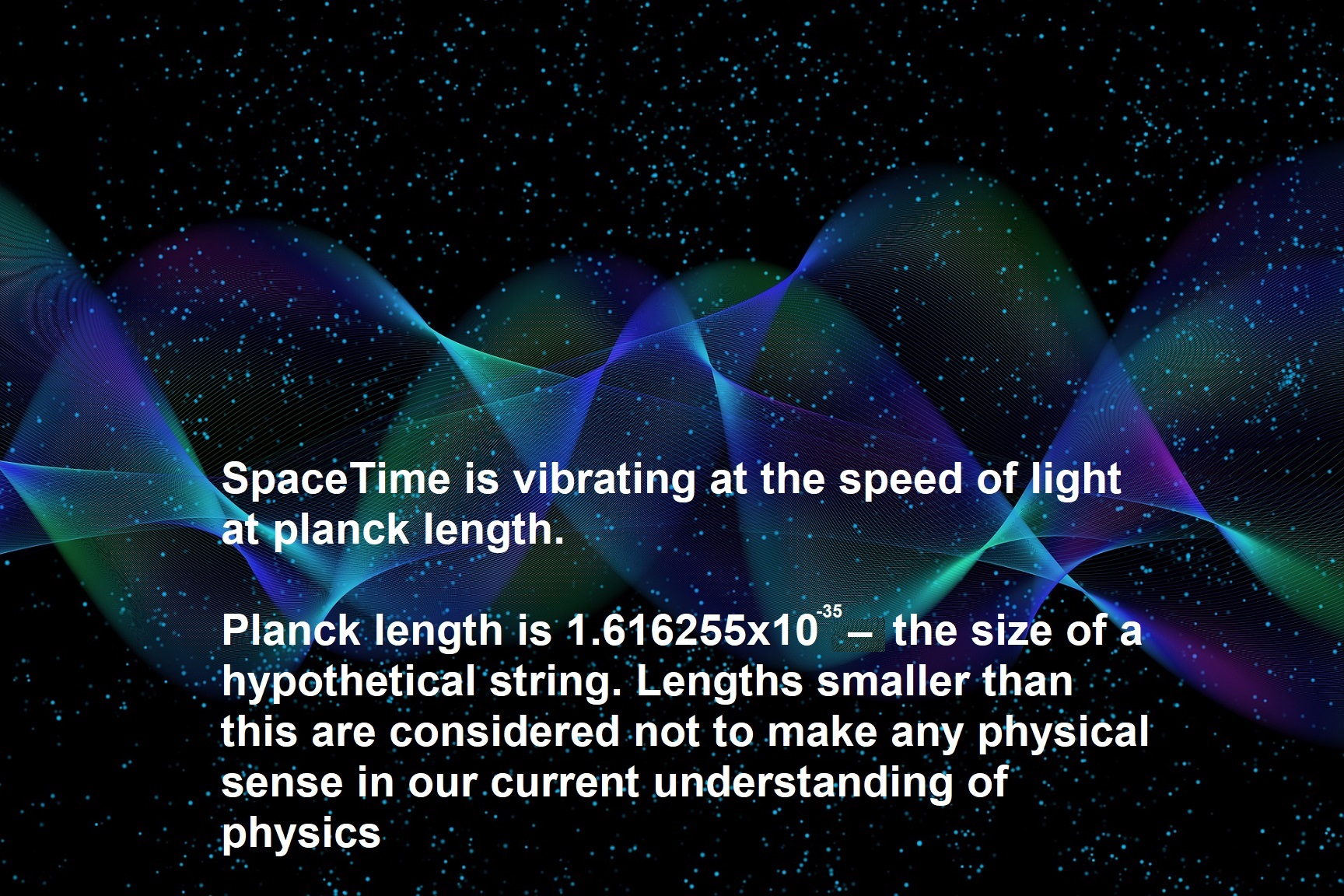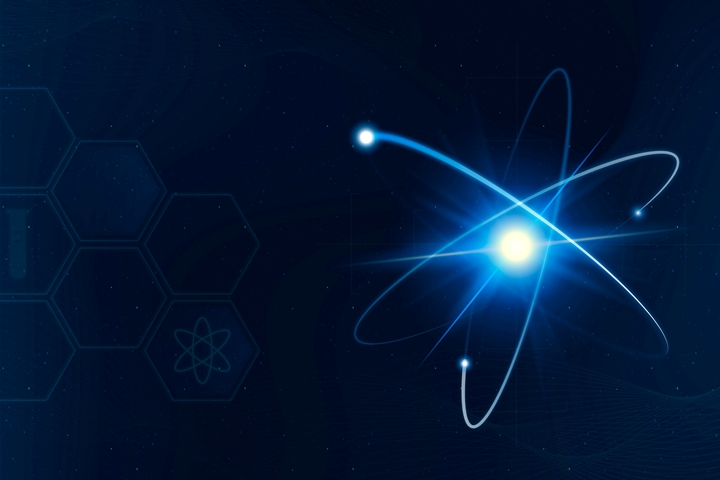
In the conventional view, "stuff" is made of atoms. The atoms are made of electrons, protons and neutrons. High Energy Physics deals with the question of what the electrons, protons and neutrons are made of. It is called "high energy" because experimentally one needs very high energy probes to try to take these "elementary particles" apart. By our current understanding, these elementary particles are excitations of the quantum fields that also govern their interactions.
By probing into the most basic componets of matter and radiation , Particle Physics (or the High Energy Physics) has discovered that these electrons , protons and neutrons are constituted of other "further more elementary" particles which are categorized into quarks, leptons, and bosons.
It involves deploying and calibrating particle accelerators , colliders and detetectors at various places in the world to proble into the deepest realms of matter. By exploring the most basic nature of space and time itself, it is increasing our knowledge of the universe enabling us to reach the farther most reaches of the cosmos thus revealing the purview of our existence here on earth.
It has uplifted the life of the humanity since the research work done in this field directly and indirectly influences various other braches of sciences like Quantum Physics, Nuclear Physics, AstroPhysics, Astronomy, Photonics and various other streams of engineering sciences and in turn, these sciences help the humanity in calibraing excellent useful innovations , thus improving the life on earth to thrive in various fields.
Research work in High Energy Physics involves the combined efforts of some of the largest scientific collaborations in the world, using some of the most sensitive detectors in the world, at some of the largest scientific machines in the world.
The Standard Model of the Particle Physics consists of six quarks, six leptons, four gauge bosons,
and one scalar boson (the Higgs boson), which interact through three interactions (strong force, weak force, and electromagnetism).
Contemporary Particle Physics also aims to explain the origin of mass and to converge all the various theories of the fundamental forces including gravity into a single unified framework which is rather called as "a theory of everthing".
High Energy Phsysics has found that the "normal" baryonic matter makes up only 4% of the universe's total energy and consequently the study of dark matter and dark energy has begun to take a great importance in the recent times.
It provides for better understanding of how the universe functions by probing the answers to questions like :
why the Higgs mass (the mass of the Higgs particle) is so small ?
what dark matter is made up of ?
whether all the fundamental forces in nature are unified into one single force at high energies (that means at high temperatures) ?
what happened to antimatter in the early universe ?







